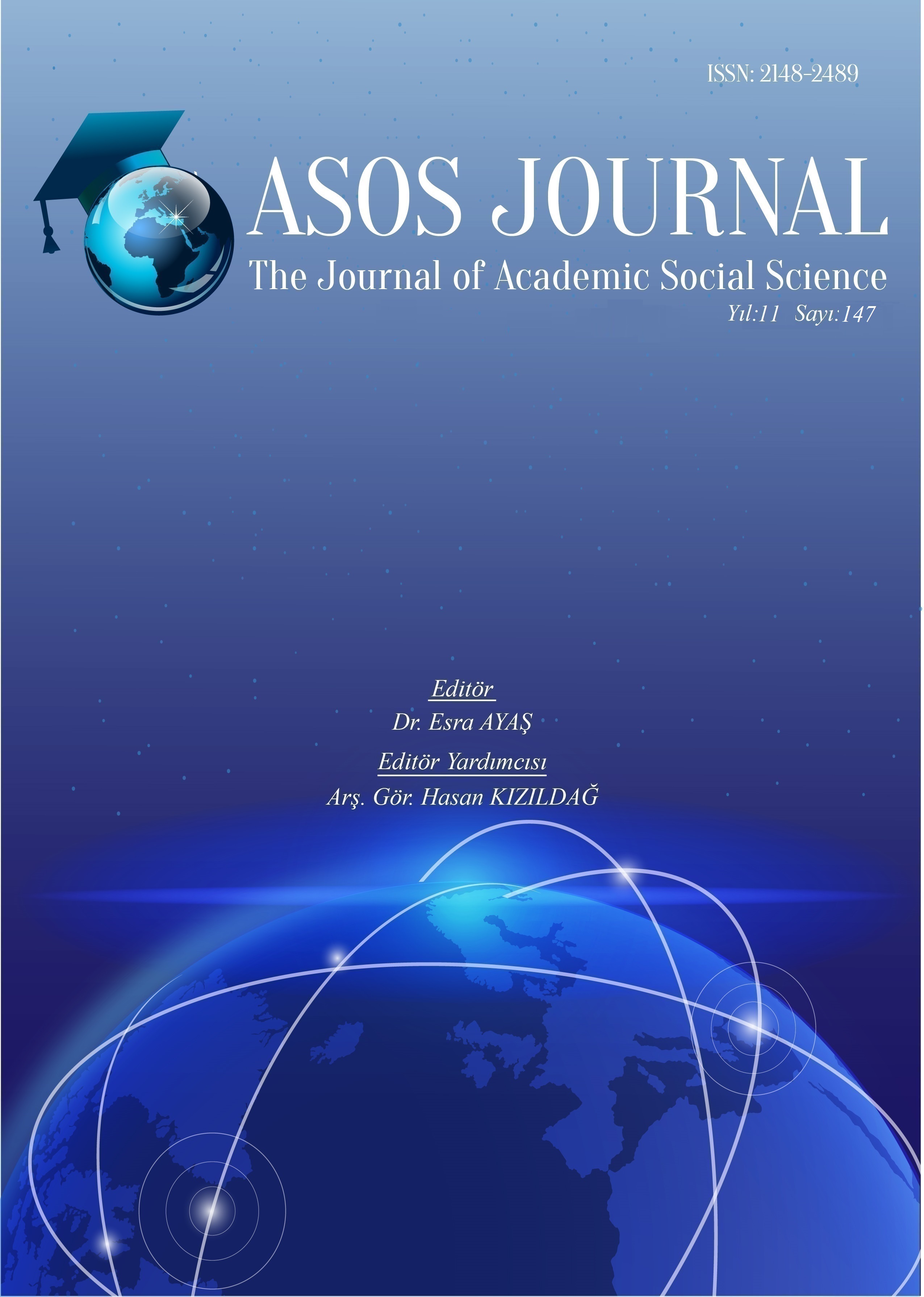Author :
Abstract
Keywords
Abstract
From the discovery of filmmaking 127 years ago, narrative in cinema has developed stories in parallel with the two basic theories of cinematography, realistic film theory and formalist film theory, as well as with the contributions of experimental, feminist or other different approaches. The history of storytelling, dating to more than thousand years, is considered to culminate in a three-fold separation or three different types of telling stories: the Epos, Lyricos and Drama. The following will examine three pioneering films and their protagonists, Cabbar by Yılmaz Güney’s Umut, Zebercet by Ömer Kavur’s Anayurt Oteli and Mahmut by Nuri Bilge Ceylan’s Uzak, shot with a realistic style, and to reveal how the directors shaped their lead character and what kind of an experience they offered to the audience through them. Hence, the presentation of the characters in the movies mentioned above will be examined considering their own cinematic language and form, through a cooperation with the screenwriter-director, who handled, their subject from an objective point of view, leaving the audience their own interpretation.





